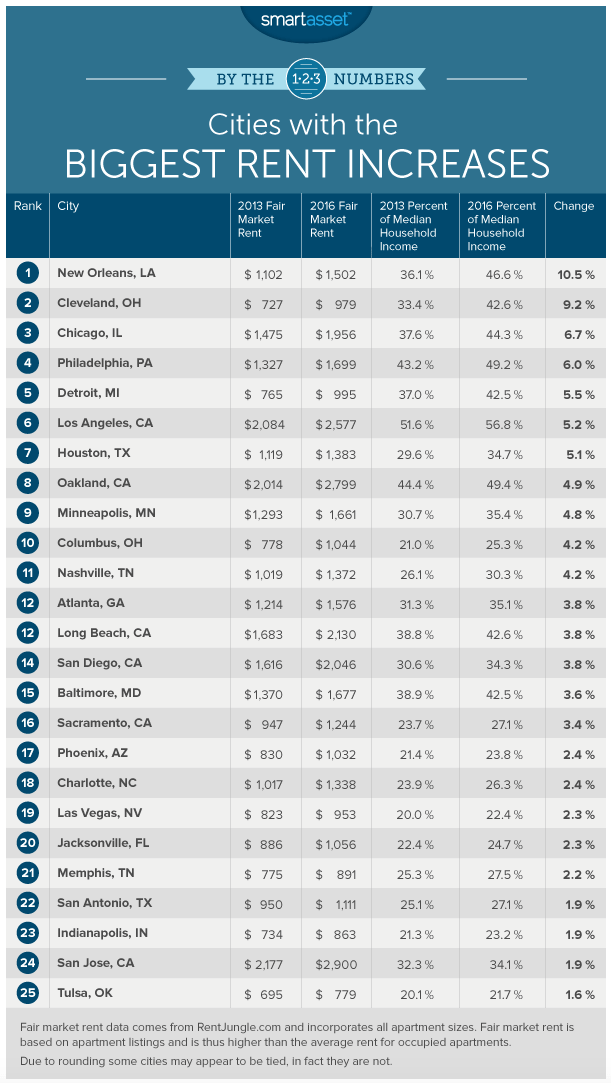The number of homeowners who are planning to take on home improvement projects or repairs this year is expected to increase 6.7 percent, according to the Joint Center for Housing Studies at Harvard University. As more owners look to remodel, they may be weighing how to fund their renovations.
Read more: What to Watch for in Home Renovations
One-third of affluent homeowners—those who earn at least $100,000 a year—plan to use credit cards to pay for home renovation projects, according to a new survey of more than 3,000 respondents conducted by LightStream, a lending division of SunTrust Banks. The percentage of those who are turning to credit cards to pay for their renovation projects is rising: This year, 32 percent said they would use credit cards, compared to 26 percent in 2016.
Homeowners may be using credit cards, even though they intend to pay for the balance as soon as it’s due, because they want the benefits of getting airline miles or other rewards from using the credit card, says Todd Nelson, LightStream’s business development officer. But for those who don’t intend to pay the credit card off right away, they may want to think twice about using credit cards to pay for their home renovation projects, warns Shomari D. Hearn, a certified financial planner with Palisades Hudson Financial Group in Fort Lauderdale, Fla.
“It’s fine to tap savings or use a home-equity loan or line of credit, but I don’t think it’s a good idea to use credit cards for home improvements,” Hearn says. “Interest rates on credit cards tend to be in the double digits, plus it’s personal debt and the interest is not tax-deductible.”
With recent home price increases of 5.5 percent in 2016, the number of mortgage holders who now have tappable equity is at 39.5 million, according to Black Knight Financial Services, a real estate data firm. With a HELOC—a home-equity line of credit—the interest may be tax-deductible and there are no upfront frees, says Ann Thompson, a senior vice president and divisional sales executive for Bank of America in San Francisco. A cash-out refinance is another option, where borrowers refinance for more than what they owe on the property and then take the difference out in cash.
For either a HELOC or cash-out refinance, homeowners do need to factor in added fees, such as refinance fees from the application, which start at $475 at Bank of America. There are also extra processing fees and closing costs to factor in too.
Source: “More Homeowners Pay for Repairs With Credit Cards,” realtor.com® (April 26, 2017)
[ad_2]
link



